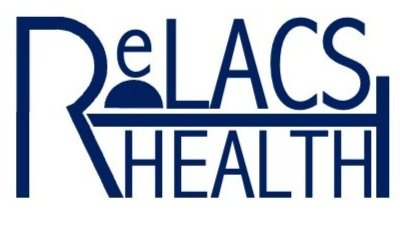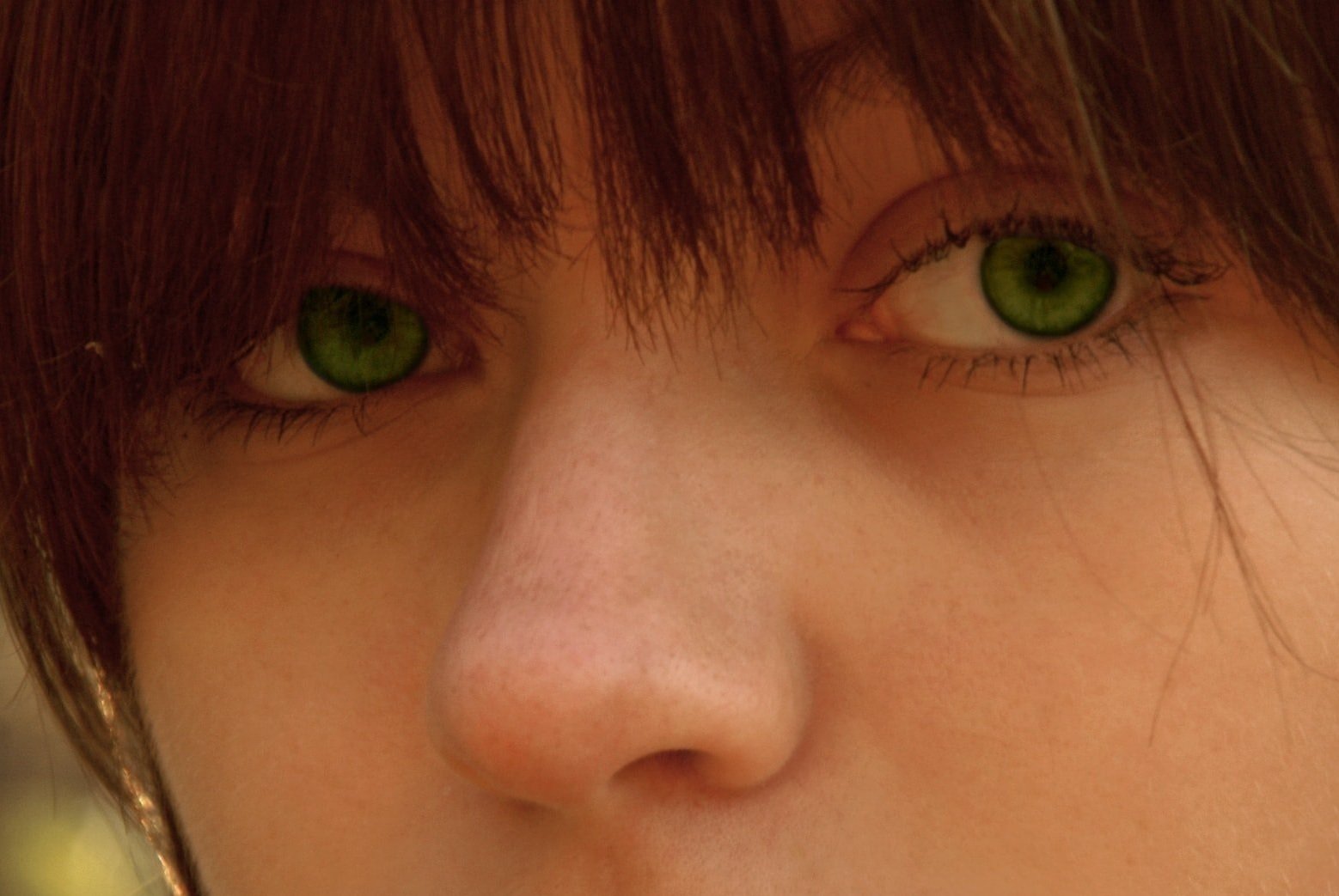A ReLACSing Blog#15: Does Periodic Limb Movement Disorder Exist?
Photo by Ivan Lapyrin on Unsplash
Does periodic limb movement disorder Exist?
Unlikely.
In medicine, there is often a tendency to pathologize everything. In other words, one may recognize things that are outside of “normal,” give it a medical term or diagnosis, and often assume something is wrong with it. This is likely the case with the so-called periodic limb movement disorder (PLMD). In PLMD, there are a set of symptoms and a finding that is not typical on a diagnostic test. The conclusion is that the set of symptoms is caused by the atypical finding on the test, particularly without the due diligence to explore other, and more likely, causes of the symptoms. This phenomenon describes periodic limb movement disorder, but also other named “disorders” in sleep medicine, like narcolepsy type 2, which will be the topic of the next blog.
Before exploring periodic limb movement disorder, let’s look at (no pun intended…but you won’t understand the unintended pun until the next sentence, however) a lousy fabricated analogy I just envisioned (another pun, but now you may be figuring out how the blog picture may be related…). Let’s say that a parent brings their 10 year-old child into the pediatrician’s office because the child has blurry vision that has progressed over the past few years. The pediatrician assesses the symptoms and examines the child’s eyes and finds they are an unusual shade of bright green. No other explanation for the blurry vision is found. Green eyes are not common and are present in about 2% of the world’s population. The pediatrician then assumes the green eyes may be the cause of the blurry vision in absence of an obvious cause. It is also documented in ophthalmology textbooks that there is a “green eye blurry vision disorder” (GEBVD). There is even an ICD-10 billing code created for this “condition” for insurance to pay for the office visit. Common things being common, including in medicine, maybe the child’s vision is caused by refractive error and the pediatrician did not have the right equipment, or time, to test this in the clinic. Perhaps the child needs corrective lenses and not some drug to change the green irises to brown. This sounds a bit ridiculous, but I don’t…ahem…see much difference between this hypothetical situation and periodic limb movement disorder.
A periodic limb movement is usually a quick jerk of the lower extremity in which the ankle and knee flex and move toward the torso, something like the type of reflex you would see if you stepped on a sharp object or hot pavement. This may happen during sleep in a periodic pattern such as every 30 seconds for several minutes or even hours.
According to the 3rd edition of the International Classification of Sleep Disorders (ICSD-3), which is the main diagnostic manual for sleep medicine, periodic limb movement disorder is defined as meeting all four of these features:
An overnight sleep study shows periodic limb movements in sleep (PLMS, note the S as different from the D in PLMD)
The frequency of limb movements must be > 15/hour in adults
The limb movements “cause clinically significant sleep disturbance or impairment in mental, physical, social, occupational, educational, behavioral, or other important area of functioning”
The limb movements and symptoms are not better explained by something else.
The manual goes on to describe the numerous scenarios in which this diagnosis cannot be made. There are many, because these other circumstances always better explain the symptoms than PLMD! Then the section describes all of the attributes of the condition, but there really is no condition, so it is mostly a description of the components that make up PLMD, not PLMD itself.
In nearly eight years spanning several academic sleep centers, I never saw periodic limb movement disorder. I even serve on the American Academy of Sleep Medicine’s Clinical Practice Guidelines Task Force for the Treatment of Restless Legs Syndrome and Periodic Limb Movement Disorder. Yes, I am on a national committee for guidelines for a condition that may not exist. Aside from my experience, most colleagues who are experts in this area have told me they are not sure they have seen PLMD either. If it does exist, it must be exceedingly rare. Unfortunately, however, I have evaluated many patients treated for PLMD and some who have developed severe side effects and other consequences. In medicine, there are certainly rare syndromes and conditions, which are given names, and we later unearth a true biological process and devise a treatment. The name can be a placeholder and if later identified more accurately, no harm, no foul as the diagnosis didn’t change anything as there was no way to intervene, whether good or bad. In the case of PLMD, there are problems with misdiagnosis, because it distracts from the true cause of the sleep-related symptoms, and it puts the patients at risk for attempted treatment of the PLMD.
Let’s go back to the ICSD-3 diagnosis. In previous blogs, I have touched on the overtesting with overnight sleep studies (PSG/polysomnography) as this is the main way to make money in the insurance-based, fee-for-service sleep clinic. Thus, a lot of sleep studies are done, and a lot of periodic limb movements are discovered. Unlike green eyes, periodic limb movements in sleep are quite common. Like green eyes and blurry vision, the finding is not the cause of the concerning symptoms. Common things being common, insufficient sleep, poor sleep hygiene, irregular sleep patterns, insomnia, sedating medications, substance use like caffeine, nicotine, or alcohol, untreated obstructive sleep apnea, high levels of stress and anxiety, and other mental health conditions are all common causes of daytime drowsiness and poor sleep quality. If a clinician does not spend adequate time or have the understanding to vet these common causes of symptoms, and simply jumps to the sleep study, the sleep study may not show anything other than periodic limb movements. But the logical flaw is to assume the limb movements must be the cause of the symptoms, just because it was found on the study.
Periodic limb movements in sleep (PLMS) are often associated with arousals, which are brief brain awakenings from sleep seen on EEG when monitoring brain waves on a sleep study. For example, most people with sleep apnea may partially stop breathing until they have an arousal which wakes them up enough for the throat to open and take a few deep breaths, and the brain re-enters a state of sleep. Arousals are common. Even the healthiest sleepers may have more than 10 arousals an hour. Some patients with PLMS have lots of arousals, but the arousals can come before, during, or after the limb movement. How can the limb movement cause the arousal if the arousal happens first?
This gets to the third criteria in this diagnosis, which unfortunately uses the word “cause” despite the fact that no one has really demonstrated that periodic limb movements cause disruption to sleep. In fact, there is more evidence that PLMS don’t cause sleep disruption, but may be caused by or associated with other conditions. Forty-five percent of adults over 65 may have PLMS. It might be a part of an aging process. Many people with spinal cord problems, chronic kidney disease, heart conditions, or other neurological disorders could have PLMS. Many of these patients may have PLMS on their sleep studies, but what is the true significance?
In fact, there was an elegant study of PLMS with arousals, in which subjects were treated with two distinct medications. Pramipexole decreases the frequency of PLMS (and it does a whole lot of bad stuff in long-term treatment of restless legs syndrome), but in this study, the PLMS decreased but the associated arousals continued in a periodic fashion. When clonazepam, a sedative-hypnotic drug, was used, it eliminated arousals, but PLMS did not change. The two may be associated with each other as part of a greater process occurring, but one cannot conclude the arousals are caused by the PLMS. In science and medicine, there is a frequent saying that association does not prove causality. Additionally, even if PLMS are part of a larger process, it is another leap to assume that the process associated with PLMS is causing the sleep-related symptoms.
In category 4 of the diagnosis, the symptoms must not be better explained by another condition. This includes restless legs syndrome (RLS). Most people with RLS have PLMS. Thus, none of these individuals has periodic limb movement disorder because the PLMS are related to the RLS. RLS can affect sleep quality when the urge to move and the need to be moving prevents someone from falling asleep or getting back to sleep. There is no evidence that the PLMS in RLS are related to sleep quality or daytime symptoms. In addition to RLS, this category 4 is where these other common causes of poor sleep quality, mentioned above, exclude the diagnosis of PLMD. Inevitably, if a clinician with a deep understanding of sleep has adequate time for evaluation of the patient, they will find a proven and more likely cause of daytime sleepiness or poor sleep quality than PLMD.
The bottom line is that PLMD likely does not exist. PLMS are common and not necessarily pathological, at least in and of themselves. What is observed on a sleep study may not necessarily be linked to any sleep-related symptoms. No one should be on treatment for periodic limb movements, including those with restless legs syndrome and PLMS. RLS may be treated separately, but not using the number of limb movements on a sleep study as a measurement of treatment effect, as they have no real correlation with the severity of RLS symptoms. The next blog will be a similar exercise for another dubious diagnosis, narcolepsy type 2.
-Andy Berkowski, MD of ReLACS Health, who does not have green eyes or even PLMS yet, but periodically wonders if the use of the color-coded acronyms PLMS and PLMD in the blog above is confusing to the reader. It is probably best to remember PLMS and hope PLMD goes away like a stray hornet at a picnic.

